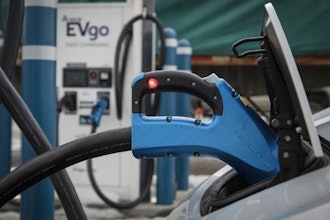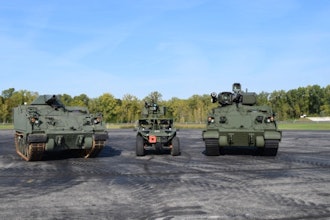A welding technique developed by Ohio State University engineers could dramatically increase the applications of advanced and alternative metals.
Despite significant upgrades in advanced materials in recent years, they remain impractical for manufacturers in large part because traditional resistance spot welding makes them weaker.
“Materials have gotten stronger, but welds haven’t," said materials science and engineering professor Glenn Daehn. "We can design metals with intricate microstructures, but we destroy the microstructure when we weld."
In response, Daehn and other researchers pioneered a process called vaporized foil actuator welding.
The technique uses an electrical pulse to vaporize a very thin piece of aluminum foil. The burst of hot gas then pushes two pieces of metal together at very high speeds.
Instead of melting the metals together, the process directly bonds their atoms and makes the bonds 50 percent stronger than conventional welding.
The process also uses 80 percent less energy than other welding techniques and can shape metal at the same time, which can save manufacturers a step during production.
OSU engineers successfully bonded aluminum, copper, iron, magnesium, nickel and titanium, as well as established a previously impossible bond between commercial steel and aluminum alloys.
The technique could make a particular impact in the auto industry, which hopes to use alternative metals to reduce vehicle weights and improve fuel efficiency.






















